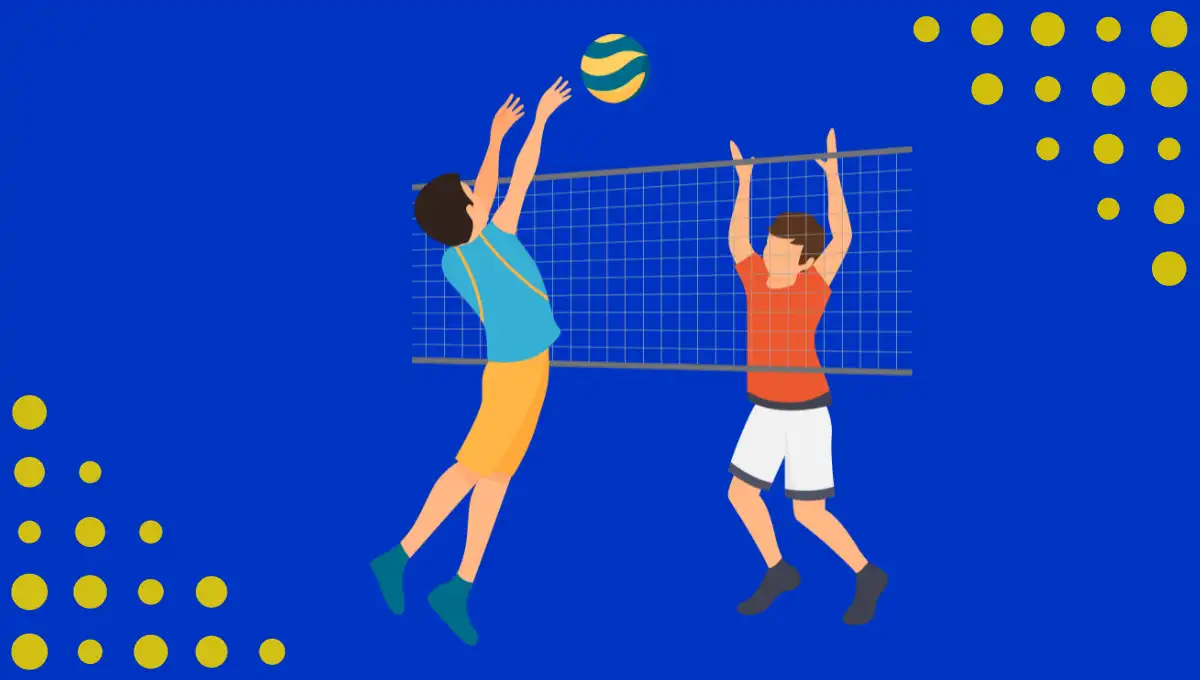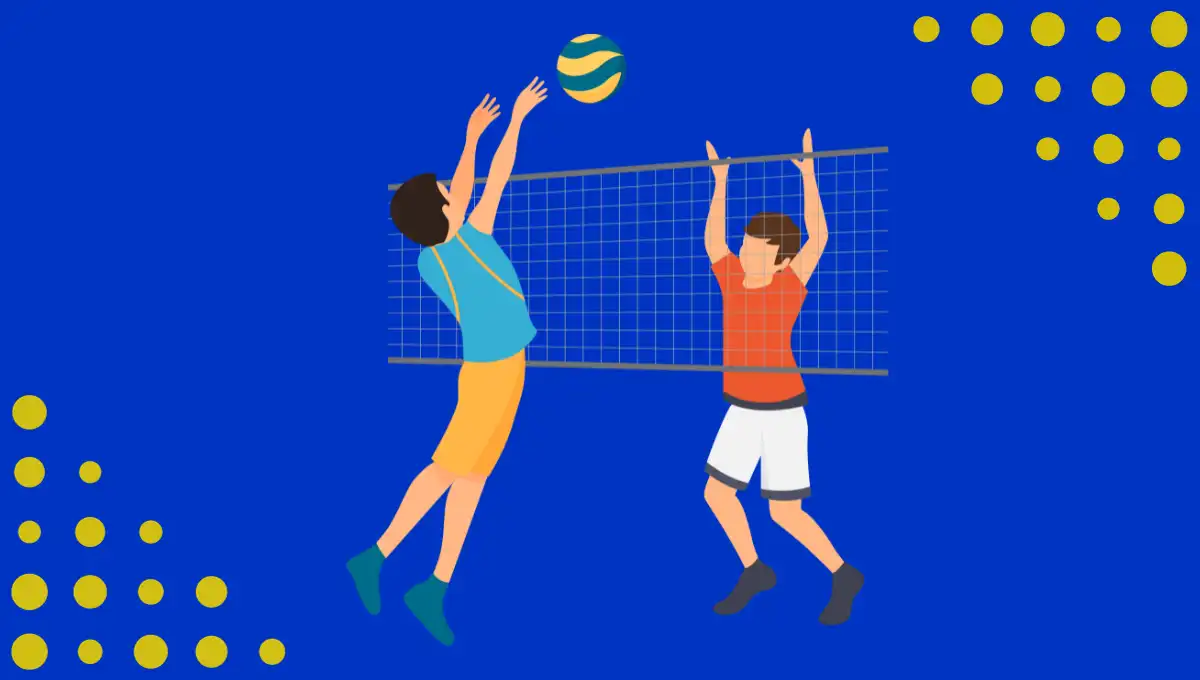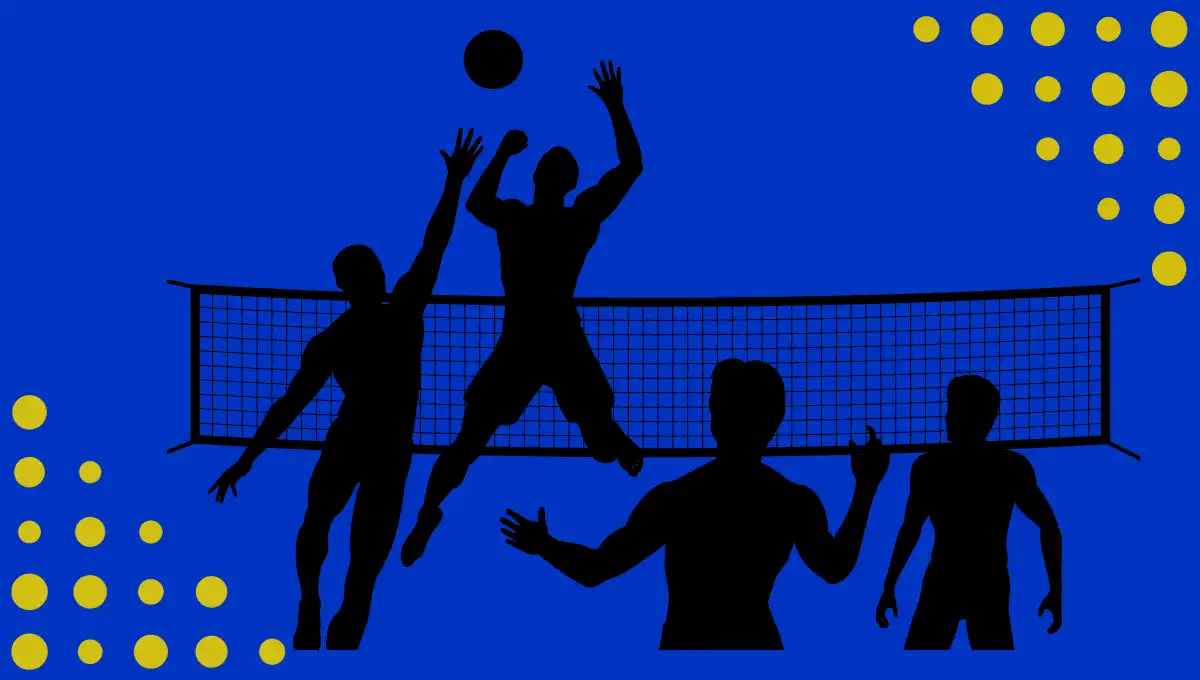Have you ever watched a volleyball game and seen a referee hold up a yellow card? It might seem a bit mysterious, but it’s a really important part of the game!
In volleyball, a yellow card is like a warning. It’s the referee’s way of saying to a player or a coach, “Hey, something you did isn’t quite right.” This could be for arguing too much, not following the rules, or being unsporting.
In this article, we will take a closer look at the yellow card in volleyball. We will understand its purpose, how it is given, and what happens when a player or coach receives one.
What are Yellow Cards in Volleyball?
Yellow cards in volleyball serve a unique purpose, acting as a formal warning to players or coaches for inappropriate behavior or violations of the rules. They play a crucial role in maintaining the sport’s integrity and discipline.
In volleyball, yellow cards are used by referees as a cautionary tool. They don’t directly affect the game’s score or result in immediate player ejection, unlike in some other sports. The card is typically shown for minor offenses such as arguing with the referee, unsportsmanlike conduct, or minor rule infractions.
Rules Governing Yellow Cards
The International Volleyball Federation (FIVB) sets the official guidelines for the use of yellow cards. These guidelines stipulate the situations where a yellow card can be issued, emphasizing maintaining the sport’s spirit and ensuring fair play.
Common reasons for issuing a yellow card in volleyball include arguing or showing dissent towards the referee’s decision, unsportsmanlike behavior, delaying the game, or minor rule violations.
In professional matches, the rules are followed very carefully. Referees give out penalties, like yellow cards, strictly if players don’t behave well. But in college or amateur sports, even though the rules are the same, referees might not be as strict. This is because these levels are more about learning and getting better at the sport.
Understanding the role and rules of yellow cards in volleyball helps in appreciating the sport’s discipline and the efforts to maintain a respectful and fair playing environment.
Types of Offenses Leading to Yellow Cards
Understanding the types of offenses that lead to yellow cards in sports, especially in volleyball governed by the Fédération Internationale de Volleyball (FIVB), is crucial for players, coaches, and fans alike. Below are some of these offenses:
1. Unsportsmanlike conduct
In volleyball, if someone does something that is not fair or nice, they might get a yellow card. This means they did something wrong, like arguing with the referee, trying to hurt another player, or not showing respect for the game. It’s important to play fair and be nice in volleyball, and that’s what sportsmanship is all about.
2. Verbal abuse or gestures
Respect is a cornerstone of any sport, and volleyball is no exception. Insulting or using offensive language or gestures towards referees, officials, or even opposing players is not tolerated. The FIVB is strict about maintaining a respectful environment on the court, and such actions almost always result in a yellow card.
3. Delaying the game
Volleyball games are played with a certain rhythm, and deliberately disrupting this flow can be penalized. This could include time-wasting tactics like taking too long to serve, unnecessary delays in returning to the court after timeouts, or any other actions that intentionally slow down the game.
4. FIVB rules Book Specific offenses
The FIVB has a comprehensive rulebook that details specific actions considered offenses within the game. These can range from technical violations like improper service or rotation errors to more serious infractions like physical altercations.
Consequences of Receiving a Yellow Card
When a player receives a yellow card, the immediate impact is a warning that signals they need to adjust their behavior or play. This caution can also psychologically affect the player, making them more cautious in their actions. For the team, it’s a reminder to play within the rules, as further infractions could lead to more severe consequences.
Accumulating yellow cards can lead to more serious penalties, like a red card, which results in the player’s ejection from the game. This can disadvantage the team, playing with fewer players and potentially impacting the game’s outcome.
In professional leagues, repeated yellow cards can lead to fines or suspensions, affecting the player’s availability for future games and potentially impacting their career and team’s performance.
How to Avoid Receiving a Yellow Card in Volleyball?
To avoid receiving a yellow card in volleyball, focus on sportsmanship and rule adherence. Key points include respecting the referee’s decisions, not arguing calls, avoiding aggressive behavior or language, and not delaying the game unnecessarily.
Stay aware of specific rules regarding service, net play, and rotation to prevent infractions. Consistent sportsmanlike conduct and understanding of game rules are your best strategies to avoid penalties.
Comparison with Other Sports
Yellow cards in volleyball, soccer, and handball serve a similar purpose: to caution players for unsportsmanlike conduct or rule violations. In volleyball, a yellow card is primarily a warning for minor offenses like arguing with officials or delaying the game.
In soccer, it cautions against offenses like unsporting behavior, dissent, or persistent infringement of rules. Handball uses yellow cards similarly, for unsportsmanlike conduct or minor rule breaches.
A key difference lies in the impact of these cards. In soccer, two yellow cards result in a red card, leading to player ejection. Volleyball doesn’t escalate yellow cards to ejections but may follow with a red card for serious offenses, which can result in point penalties. Handball also escalates yellow cards to more severe penalties with repeated offenses.
Conclusion
Yellow cards in volleyball play a crucial role in maintaining discipline and sportsmanship. They serve as warnings for minor infractions, ensuring fair play and respect for rules and officials. This disciplinary tool helps to keep the game flowing smoothly and prevents the escalation of negative behavior.
Looking ahead, the management of yellow cards in volleyball might evolve with technological advancements, like video reviews, for more accurate and fair rulings. The future could also see more defined guidelines for what constitutes a yellow card offense, enhancing consistency in officiating. Overall, yellow cards will continue to be vital in upholding the integrity and spirit of the game.





